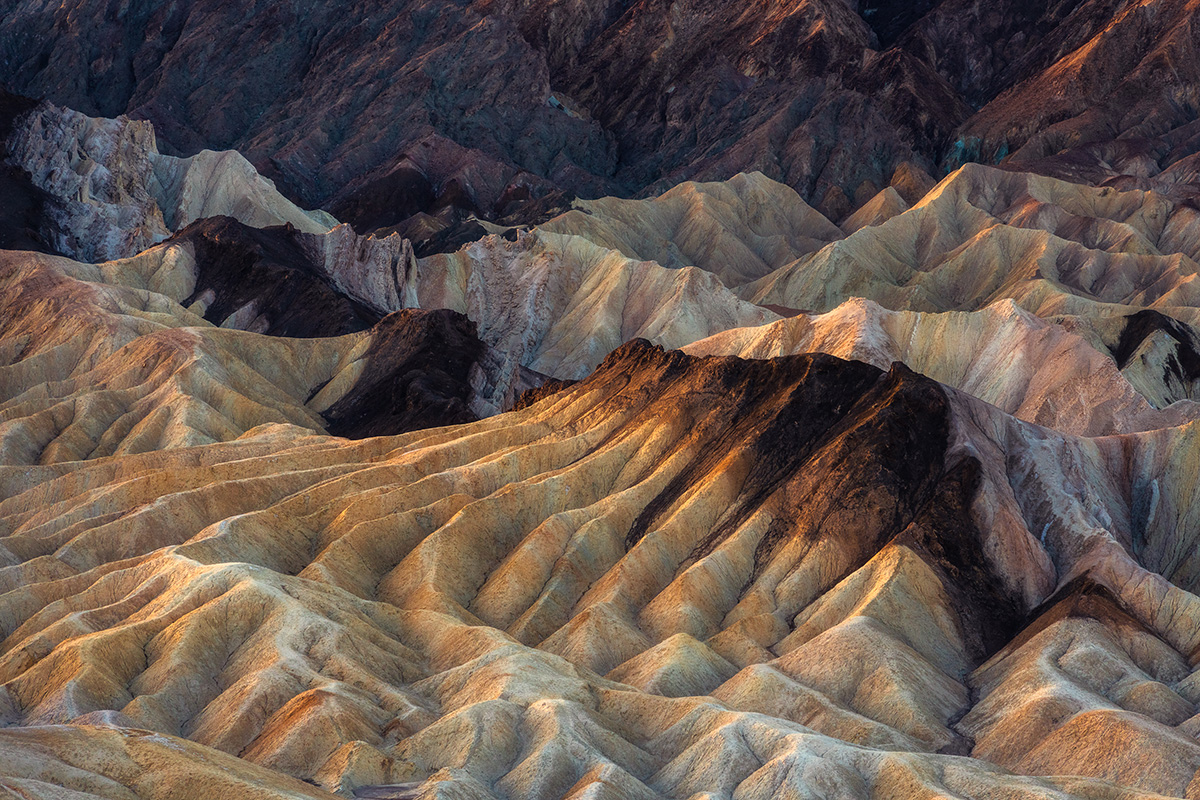Landscape ‘Intimates’
From ripples in the mud to ‘eyes’ in the clouds, Michael Shainblum’s Tamron 28-200mm all-in-one zoom picks up on what others might miss.
Share the article:
More Photo Tips | Video Gallery | Photo Gallery | Enewsletter sign-up
By Jenn Gidman
Images by Michael Shainblum
Michael Shainblum has been intrigued by landscape photography since he was 16, which is when he knew he’d discovered his future career. “I didn’t exactly know what genre I wanted to dive into,” he says. “At the Brooks Institute of Photography, which is where I went after graduation, I trained mostly as a studio photographer, taking commercial portraits and product shots. On the weekends, however, I’d head to the beach and into the mountains, taking pictures as I went.”
Those adventures served as Michael’s intro to commercial landscape photography, which in turn led him to the subgenre of “intimate” landscape photography—close-up pictures that parse out the smaller elements in a larger scene. “I’ve captured these types of images all over the world, but I tend to stumble upon most of my subjects in travels closer to home in San Francisco, including throughout California, the Southwest, and the Pacific Northwest.”
To assist him in achieving his intimates, Michael relies on his Tamron 28-200mm F/2.8-5.6 Di III RXD all-in-one zoom lens for his Sony mirrorless camera system. “I wanted a lens that could do it all as I hike through the wilderness, but I was nervous to take the leap,” he says. “I didn’t have confidence that a lens like that could ensure high quality throughout the focal length range.”
Michael didn’t have to worry with the Tamron 28-200mm (he puts it through its paces here). “This lens does things it shouldn’t be able to do,” he says. “My images are very sharp, the lens offers a maximum aperture of F2.8 at the 28mm end, and the entire package is compact and lightweight, at only 4.6 inches long and weighing just 20.3 ounces. This is literally the perfect landscape photography lens, whether you want to take wider, more traditional landscape photos or intimates like these.”
MICHAEL’S QUICK TIPS FOR LANDSCAPE PHOTOGRAPHY
Tell the landscape’s story.
That means you have to be spontaneous and open to capturing something other than what your original goal may have been. Often, I end up “seeing” hidden things in unexpected places. For instance, in that photo of the orange rock formation with the S curves, it looks like a serpent to me, with its body winding around the frame. In the image of the clouds, I felt like I could see an actual eye in the middle of the storm (look right at the center of the frame).
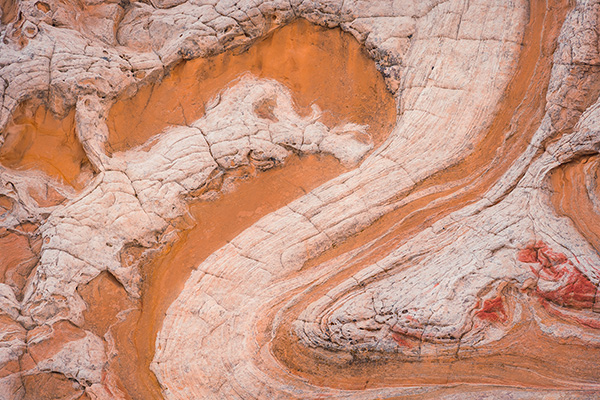
28-200mm (136mm), F9, 1/40 sec., ISO 500
Click image to view larger
You can also create images that resemble something much bigger and loftier, or that are more fantastical. The photo you see here that looks like an aerial drone shot of sand dunes in some remote desert, taken thousands of feet up in the air, is actually me shooting about a foot above a foot-wide patch of mud on the beach.
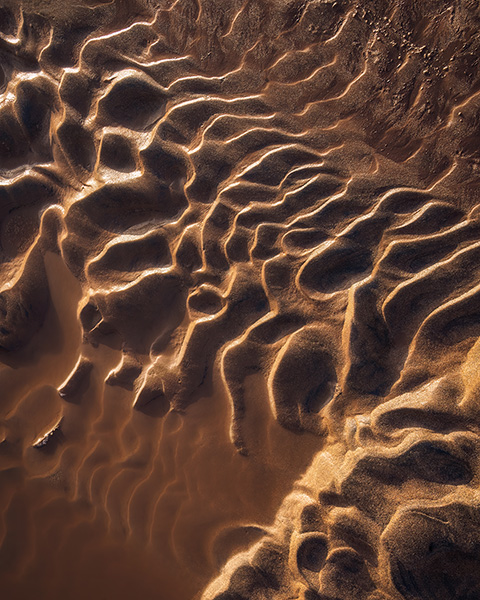
28-200mm (38mm), F16, 1/160 sec., ISO 100
Click image to view larger
Focus on subjects most people don’t notice.
Often, the most fascinating images can be found in the details, patterns, and textures that might go unnoticed by a casual observer. I was walking past that patch of mud, which most people would walk right over, when I decided to stop and explore its possibilities. If people spent a little more time looking around, they’ll notice just how beautiful nature is—and not just on an epic level, but on a micro level.
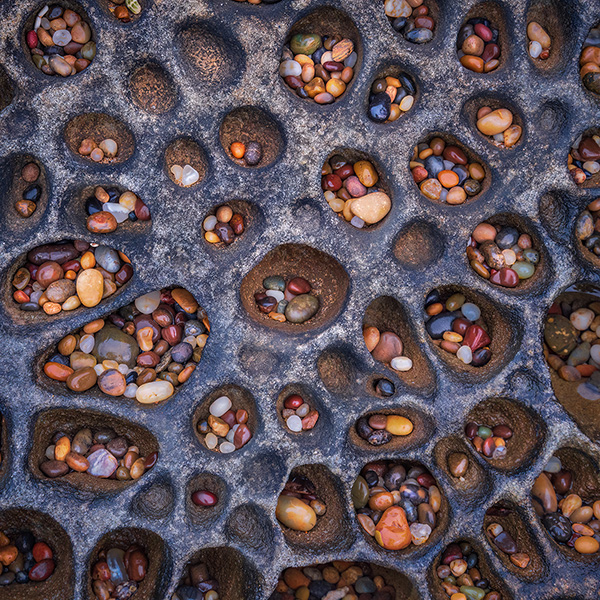
28-200mm (107mm), F16, 5 sec., ISO 500
Click image to view larger
Take pictures in all kinds of lighting.
Although I never shy away from a good sunrise or sunset, and the golden hour accompanying both, the off times that photographers often discount can provide ample opportunity for images that are more contrasty and play more with light and shadows. You just might have to get creative with your positioning, where you find shaded spots, and how you reflect or bounce light.
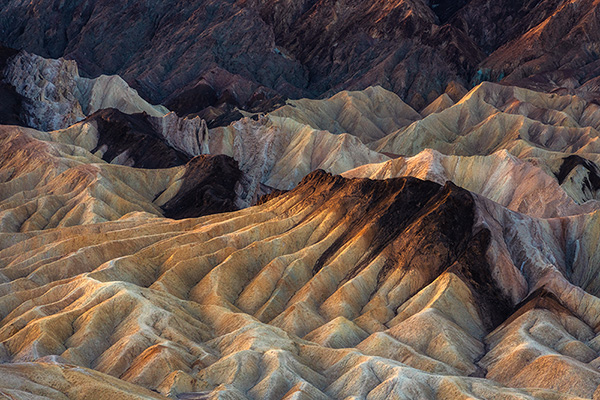
28-200mm (148mm), F5.6, 1/400 sec., ISO 400
Click image to view larger
Don’t hold out for “perfect.”
Embrace imperfections in landscape photography and keep a lookout for patterns, textures, and shapes that others might ignore. Sometimes the charm lies in the irregularity, which can add character to your images. Take those cracked mud tiles I photographed in Death Valley National Park. I liked that they were all different sizes, like a puzzle being fitted together, and that they felt disorderly toward the edges. Not everything has to be symmetrical and impeccable.
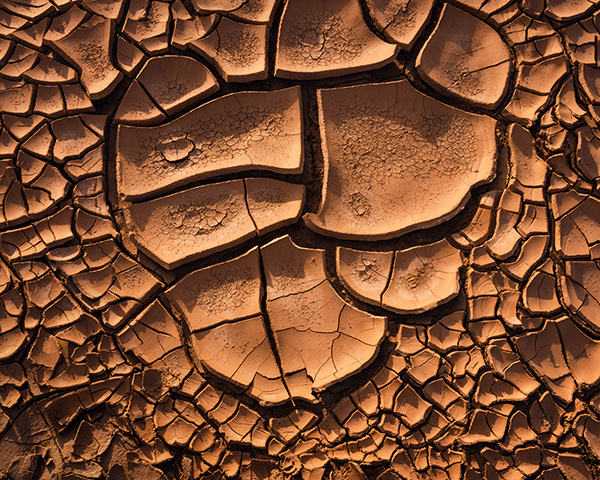
28-200mm (28mm), F16, 1/125 sec., ISO 400
Click image to view larger
Visit less-frequented sites.
I took that photo of the beach mud along the Northern California coast, on a random beach that isn’t known to be a photographic destination—people just like to go there to swim. You can certainly achieve amazing images by traveling to the ends of the earth, but it’s not the only way. You can find photographic gold at a local park, along a nature trail, or even in a creek behind your house. Take what seems ordinary and turn it into something special with your camera.
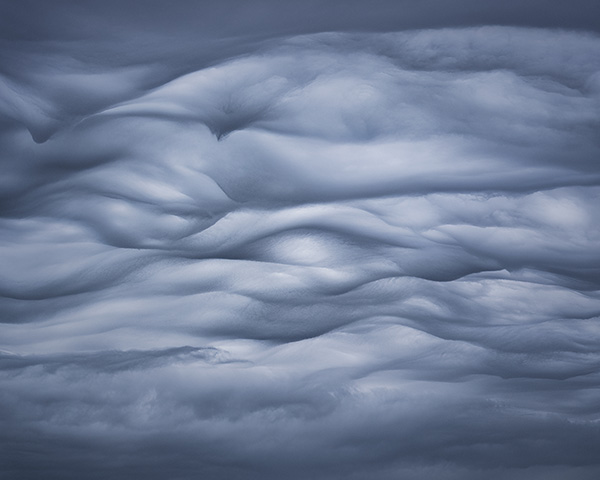
28-200mm (79mm), F4.5, 1/1600 sec., ISO 400
Click image to view larger
To see more of Michael Shainblum’s work in commercial landscape photography, check out his website and Instagram.
Is your Tamron News subscription up to date? Click to subscribe to all editions of Tamron News featuring how-to tips, new product news, contest announcements and inspiration!
More Photo Tips | Watch Videos | Learn More About Tamron Lenses | Photo Gallery
